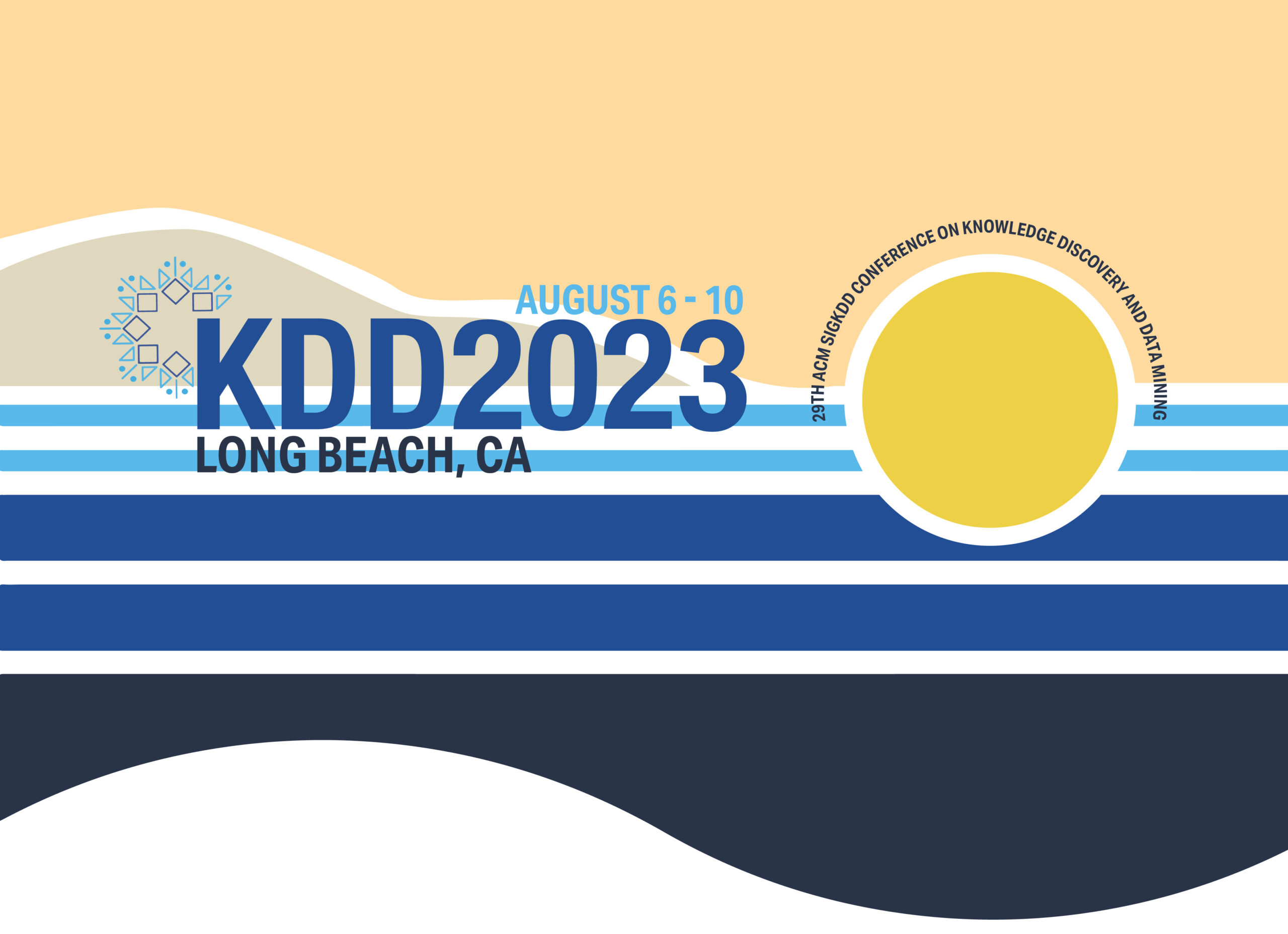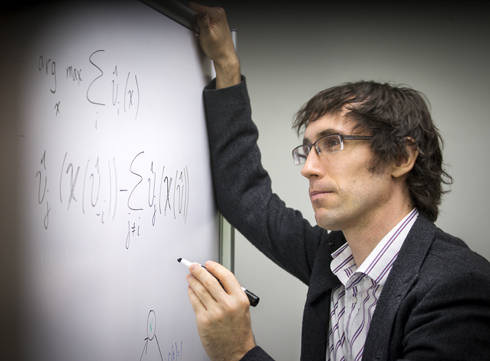
A KDD Test of Time award highlights the evolution of machine learning
When it comes to computer science, machine learning and AI are a fascinating topic. More and more, we hear about self-driving cars, computers beating humans at games, and tools like ChatGPT that we can all access.
But how have we gotten here?
Thanks, in part, to a research paper written in 2013, the field of Machine Learning was made more accessible, requiring less human brain power to tackle complex problems. And now, ten years later, the authors of the paper are receiving the ACM SIG-KDD Research Track Test of Time Award for its remarkable impact.
The 2013 paper: “Auto-WEKA: Combined Selection and Hyperparameter Optimization of Classification Algorithms” was co-authored by Chris Thornton (a UBC Master’s student at the time) and Frank Hutter (a UBC postdoc at the time), under the supervision of UBC CS professors Dr. Holger Hoos (now a professor at Aachen University in Germany) and Dr. Kevin Leyton-Brown (a UBC computer science professor). The paper appeared at the ACM Conference on Knowledge, Discovery, and Data Mining (KDD) in 2013. It is an outgrowth of their focused work on algorithm configuration.
What is algorithm configuration?
Computers making better choices
An algorithm is a set of instructions a computer follows to solve a specific problem. And similarly to how you might choose from different approaches when solving a puzzle, you have various options when choosing which algorithm to use.
Dr. Leyton-Brown explained, “One approach you can take is to come up with one good answer, for all of time, about what algorithm to use to answer your questions. Another approach is that you make different alternatives into parameters of a super-algorithm. Then, when faced with a specific problem, the user can change the parameters to get better performance for their own domain.”
This is where the ‘configuration’ comes into play. Dr. Leyton-Brown cites an example of sorting decks of cards differently. “If you wanted to sort a deck of cards so that all the black cards come before all the red cards, you’d probably put them into two piles. If you wanted to put all of the aces before all of the twos and so on, you’d probably use a different algorithm that involves keeping the whole deck in your hand and swapping cards with each other,” Dr. Leyton-Brown said. He went on to explain that algorithm configuration is a way of taking parameterized algorithms (which are algorithms with specific parameters) within a specific distribution of inputs (like the different sorting of different decks of cards), and then trying to come up with a strategy for solving the problem by repeatedly trying different configurations and measuring how well they work.
Simplifying complex choices with AutoML
Kevin and his team applied their techniques for algorithm configuration to a new domain that has come to be called AutoML, short for ‘Automated Machine Learning.’ Effectively, the researchers concluded they could use tools designed for algorithm configuration to make per-domain choices about how to fine-tune machine learning algorithms. The result was to make the intricate world of machine learning more accessible to everyone, not just for experts in the field. They envisioned a user-friendly system where you can input data, literally press a button, and let the computer figure out the best machine learning algorithm and settings for your specific problem.
AutoML essentially democratizes machine learning, allowing people without deep technical expertise to harness its power. Whether it’s identifying positive or negative sentiment in tweets, or enabling autonomous driving, AutoML has opened up a world of possibilities for AI applications.

UBC Computer Science
Kevin said, “Essentially, it's a machine learning approach that takes a complicated problem and makes it very simple by asking a computer to do a lot of detailed searching. It eventually finds a good algorithm along with good hyper-parameters for it, and proposes a solution, rather than people having to otherwise experiment at great length on their own.”
The fact that this thought process and research happened in 2013 is impressive, to say the least. Interestingly, the paper did not win a Best Paper award or the like at the time of publication, but now it is winning this award ten years later. This recent accolade seems to be a testament to the fact that the research was definitively ahead of its time.
Kevin reflected on winning the award, saying, “It's gratifying to know that these ideas are now having such a broad impact and that other people have run with this premise. We really just believed in the power of machine learning to solve problems, that at the time, needed a lot of expert knowledge including mathematical background. I'm very optimistic about the power of machine learning to improve people's lives. And I think making this technology broadly deployable makes it ultimately helpful to humankind.”
From improving traffic management to revolutionizing drug discovery and personalized education, AutoML has been a game-changer, thus leading to the recognition of this important research work, and how it has truly stood the test of time.
With every click, swipe, and search, we're steering toward an era where innovation knows no bounds. As AutoML shapes the horizon, we're embarking on a journey that's transforming computer science into a realm of autonomous creativity and limitless potential.
Our deepest congratulations go to Chris Thornton, Dr. Frank Hutter, Dr. Holger Hoos and Dr. Kevin Leyton Brown.